Spyderco’s Big Compression Lock Plans Include Flippers
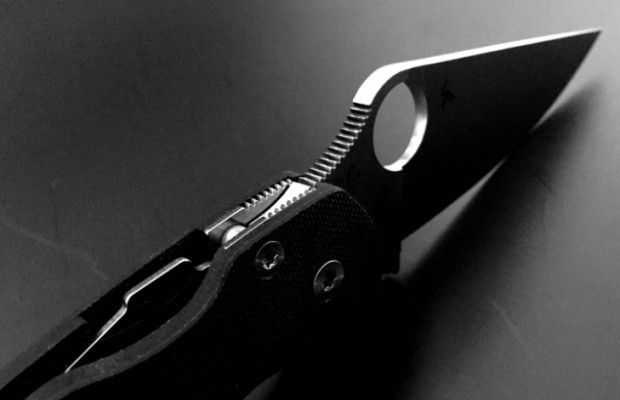
Despite its distinctive benefits, Spyderco’s proprietary Compression Lock is used sparingly within the company’s product line up. We counted 24 Back Locks, 22 Liner Locks, and 17 Frame Locks on folders in Spyderco’s 2016 Catalog. In contrast, only 3 Spyderco models you could buy today feature the Compression Lock: the Paramilitary 2, Yojimbo 2, and the Szabo folder. Conventional locks are far more prevalent than the revered locking mechanism. But that all may be about to change as Spyderco puts a greater emphasis on its Compression Lock than ever before.
> > Keep your folders awesome. Grab a Pack of 5 Microfiber Blade Sleeves for $8.99 < <
“We’ve got it dialed in”
The Wolfspyder, a knife that is already available for pre-order and is sold exclusively by Ray Mears, will be the next new knife to ship with the lock. If you followed Spydercollector‘s coverage of the Amsterdam Meet, you might have noticed several new Spyderco Compression Lock models. At this year’s annual gathering, the company confirmed that the Sage 5, the Ouroboros, and the ATR Compression locking knives will all be entering production. “We are using the compression lock more now because we’ve got it dialed in and we’ve been able to show a couple of our vendors how to make it, so we will be using it more and more in the future,” Spyderco Founder Sal Glesser told us.
Dropping Casual Bombshells
Glesser, who is known to drop casual bombshell announcements as an active member of the Spyderco Forum, dropped one on us: “Yes, we do have a number of [Compression Lock] Flippers planned.” In a forum post at the start of the year, Glesser confirmed that plans for a scaled down version of the Paramilitary 2, once nicknamed the ‘Paramilitary 3’ are also in the works.
Paramilitary 2
One of Spyderco’s most heralded EDC folders is the Paramilitary 2. The ‘PM2’ as it’s often called, has served as an introduction to the benefits of the Compression Lock for many. The knife has been produced in countless variations over the years. There are sprint runs and exclusives with exotic steels and unique handle colors. A thriving cottage industry of aftermarket parts including custom scales, backspacers, and deep-carry pocket clips also exists.
Necessity is the Mother of Invention
One of the Compression Lock’s most compelling advantages is its intuitiveness for the user. The lock’s position at the top of the spine requires minimum hand movement to operate, taking nothing more than a pinch to unlock the knife or release the blade from the handle when in a closed position. But the Compression Lock’s convenient operation was not the original intent for the invention and merely a fortunate byproduct of the design. “When we designed the compression lock we had plans for purchasing another lock from somebody else, but at the last minute they decided that they didn’t want to sell their idea,” said Glesser. “The compression lock was actually invented on demand,” he said.
Like it is for so many other great ideas, for the Compression Lock necessity was the mother of its invention and according to Glesser strength was the main requirement. The Compression Lock first appeared in 2001 on the Gunting, a knife designed by martial arts hall of famer Bram Frank specifically for defensive tactics and close quarter combat. The unusual knife – which is depicted in the Compression Lock’s original patent illustrations (see image below) needed to be strong enough for the unpredictable chaos of combat. Also, because the Gunting was designed with a prominent ‘horn’ on the spine of the blade meant to function as a non-lethal striking device for pressure point control, it needed a lock that could withstand the impacts.

Using the same materials as a liner lock, Glesser and his fellow Compression Lock inventors rearranged them to create a much stronger mechanism. Instead of relying on simple friction and spring tension for lockup, they designed a portion of the liner to spring between the blade and the stop pin, wedging the blade open with compressive force. This layout allows knives with the Compression Lock the same advantages of liner lock knives – light weight, open construction, smooth operation – but with much greater strength.
The unique placement and geometry of the Compression Lock also provides designers with unparalleled freedom to experiment with handle designs. When asked if radical models like the discontinued Spyderco Junior and the upcoming Ouroboros would be feasible with any other lock type, Glesser replied “No, not that I know of. Any lock that was limited in space to the top of the spine could probably work, but for our locks it was the best.”
Knife featured in image: Spyderco Paramilitary 2
Patent illustration source: United States Patent and Trademark Office


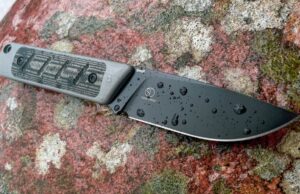
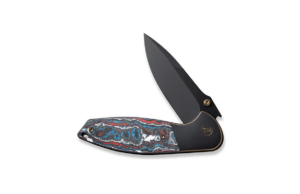
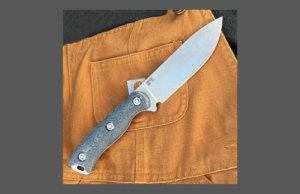
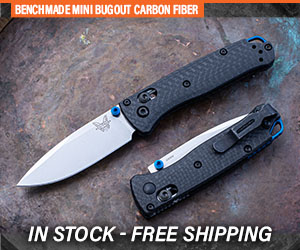






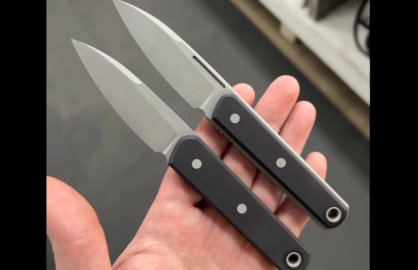
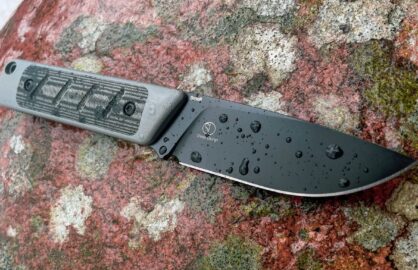
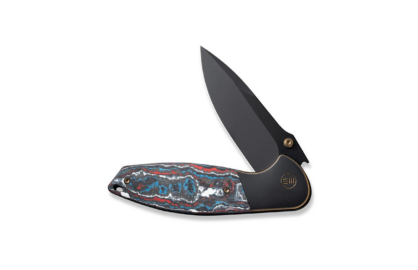
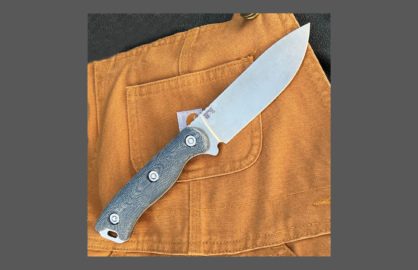

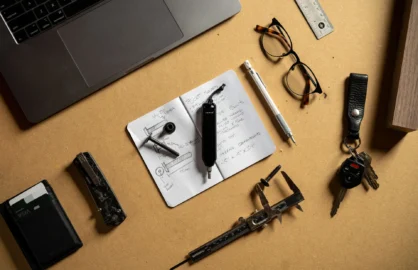



0 comments